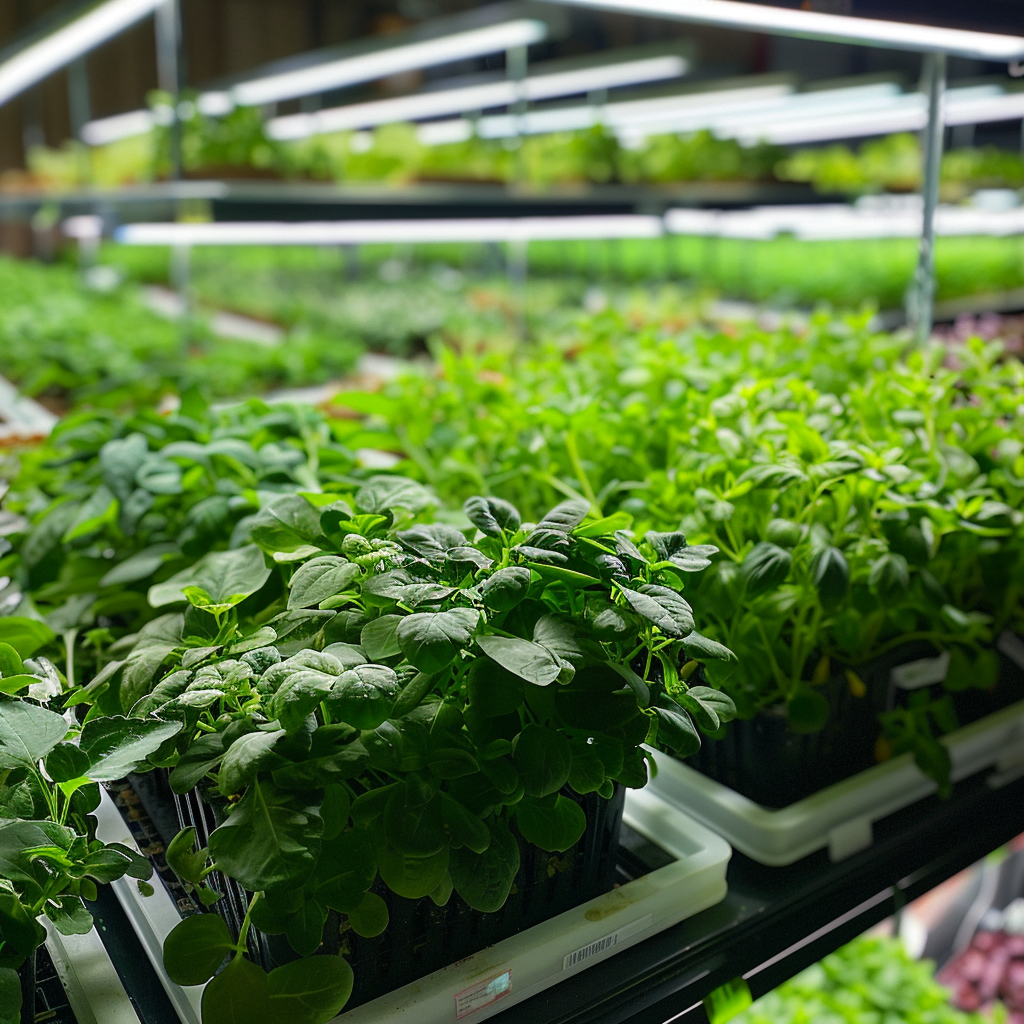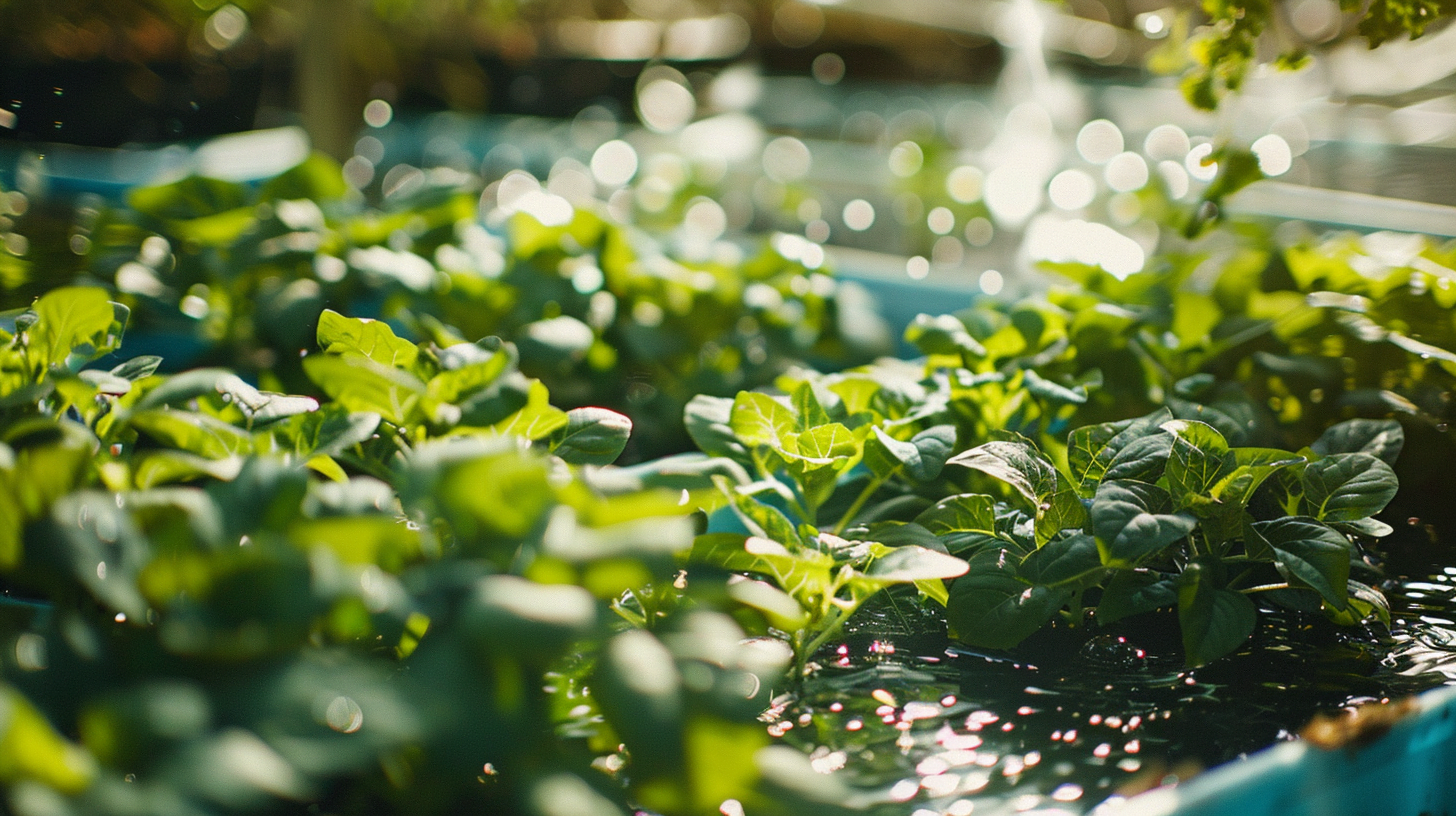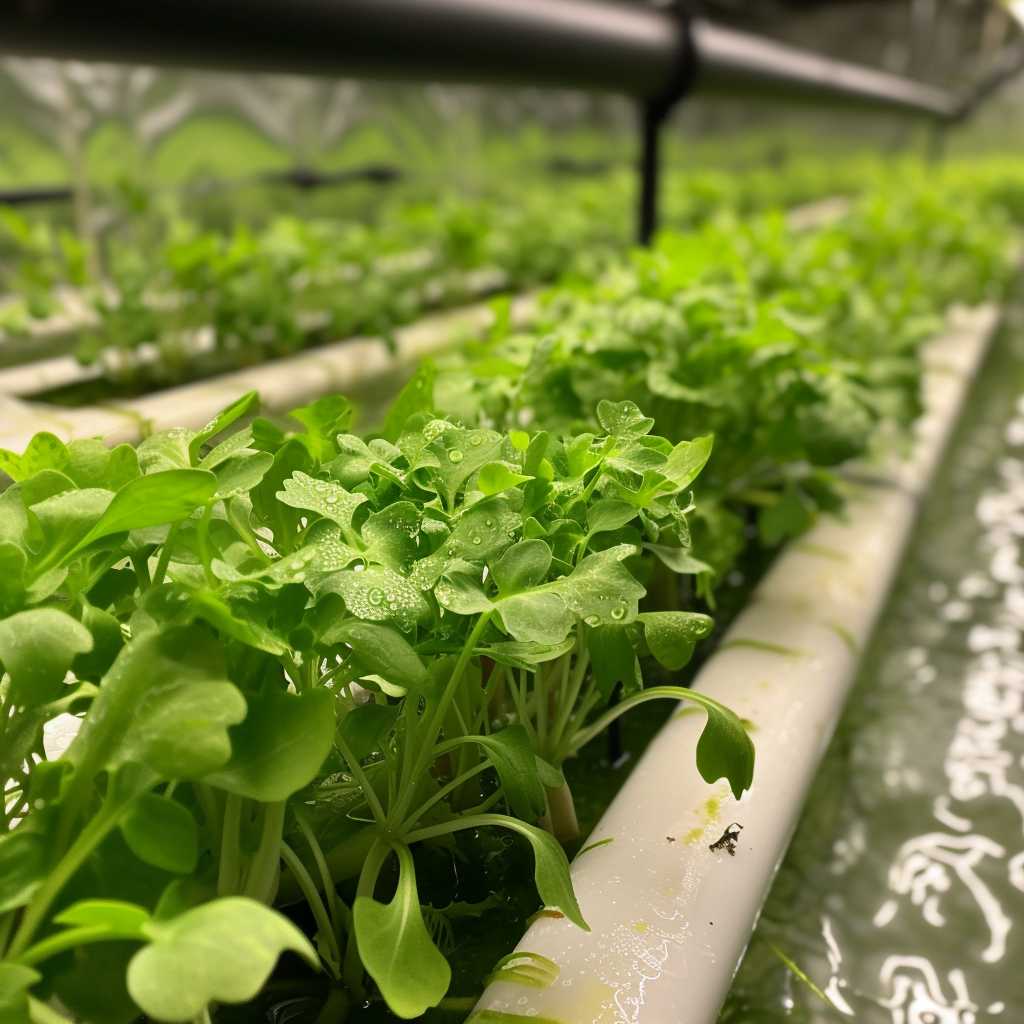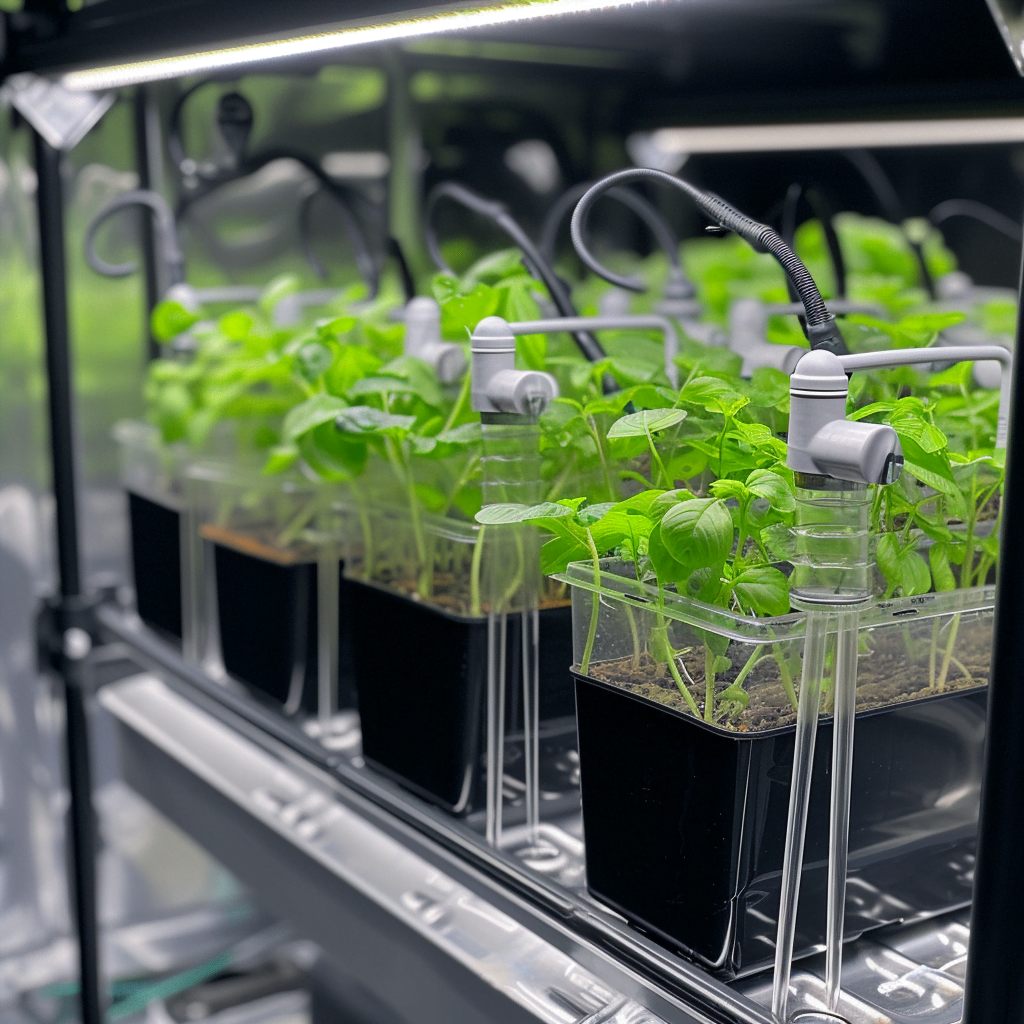Table of Contents
Hydroponic systems allow plants to grow without soil by delivering nutrient-rich water directly to their roots. This leads to faster growth rates and higher yields compared to traditional gardening. But with several types of hydroponic systems available, how do you determine which hydroponic system is best?
The best hydroponic system depends largely on your goals, constraints, and type of plants you want to cultivate. By understanding the pros and cons of each system, you can make an informed decision based on your individual needs. This article provides an in-depth overview of common hydroponic systems and recommendations for system selection.
Common Hydroponic Systems
There are six main types of hydroponic systems to choose from:
Deep Water Culture (DWC)
- Plants grown in buckets of oxygenated nutrient solution
- Roots fully immersed in water
- Requires air pump for solution aeration
Nutrient Film Technique (NFT)
- Shallow stream of nutrient solution flows through channels
- Plant roots sit directly in the flow
- No growing medium used
Ebb and Flow/Flood and Drain
- Plants in grow tray filled with medium like perlite or clay pebbles
- Tray floods with nutrient solution then drains out on timer
- Roots get intermittent feeding
Drip Irrigation
- Nutrient solution dripped onto plants’ roots via tubing/emitters
- Grows well in aggregate media like perlite, clay pellets, etc.
Wick System
- Nutrient solution in reservoir wicked up to plant roots via nylon ropes
- No electricity required
- Limited to small plants like herbs
Aeroponics
- Plant roots suspended in air and misted with nutrient solution
- High oxygen levels promote fast growth
- More complicated than other systems
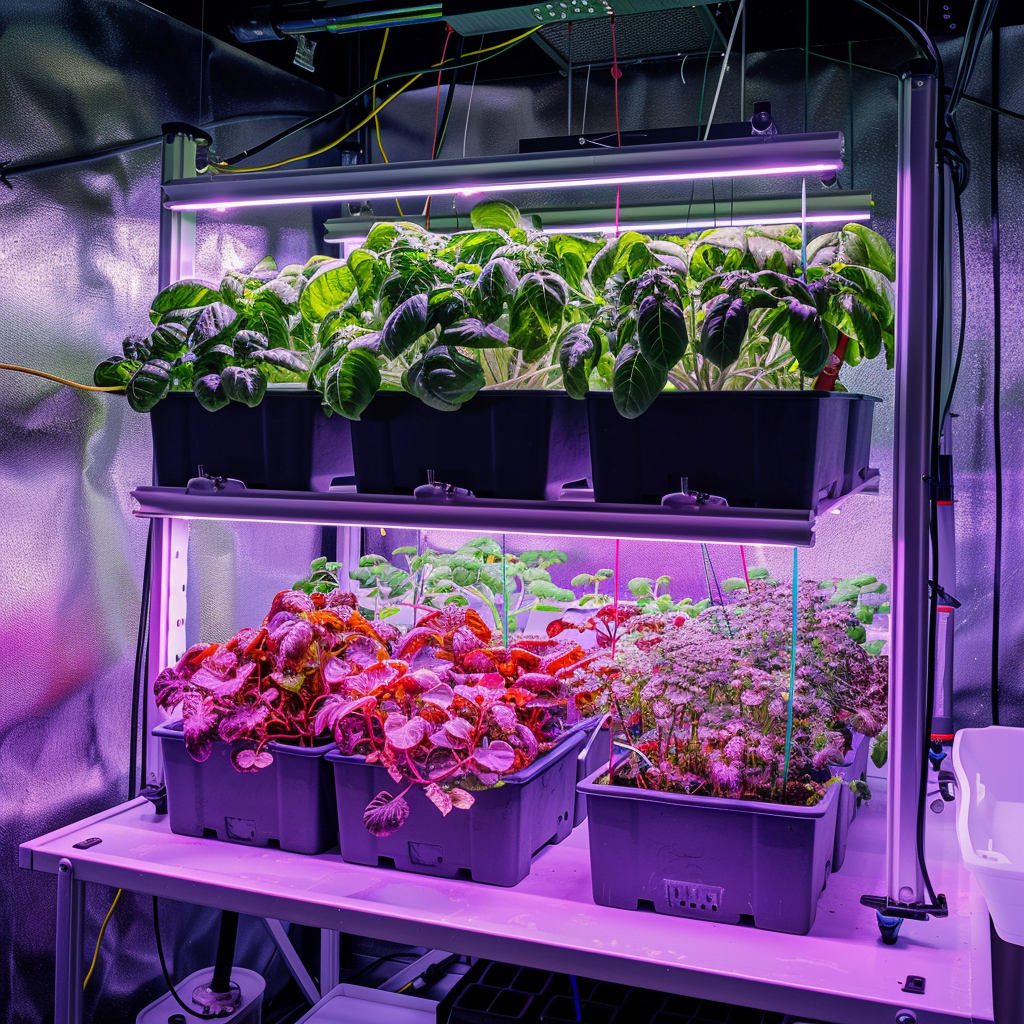
Key Factors When Selecting a Hydroponic System
There are several key considerations when determining the best hydroponic system for your specific needs:
Cost
The initial investment and ongoing costs can vary widely depending on the type of hydroponic system:
| System | Relative Initial Cost | Relative Ongoing Costs |
|---|---|---|
| Wick/Capillary Mat | Low | Low |
| DWC (Deep Water Culture) | Moderate | Low |
| NFT (Nutrient Film Technique) | High | Moderate |
Ease of Use
Some systems have more complex equipment or maintenance needs:
- Wick and Drip Irrigation systems tend to be simpler for beginners
- NFT and Aeroponics require careful monitoring of pumps, timers, etc.
Types of Plants
Certain systems may better suit different plant types:
- Leafy greens and herbs do well in NFT and DWC
- Tomatoes, peppers prefer DWC or Ebb and Flow
- Aeroponics great for fast plant growth
Expected Yields
The projected harvest sizes can help determine which system may produce enough for your needs:
| System | Relative Yield |
|---|---|
| Aeroponics | Extremely High |
| DWC (Deep Water Culture) | Very High |
| NFT (Nutrient Film Technique) | High |
| Wick/Capillary Mat | Moderate |
Available Space
Factor in how much floor, wall or ceiling area you can dedicate to your hydroponic garden.
Breakdown of the Pros and Cons of Each System
Digging deeper into the advantages and disadvantages of each approach can clarify which aligns best with your priorities:
Deep Water Culture
Pros
- Relatively low-cost
- Simple design and operation
- Consistently high yields
- Wide variety of plant compatibility
Cons
- Increased risk of root rot
- Can experience oxygen depletion
- Requires frequent pH testing and adjustment
Best For: Beginners looking for a productive system at moderate cost and complexity.
Nutrient Film Technique
Pros
- Extremely fast growth potential
- High rates of oxygen and nutrient absorption
- Can work well in limited spaces
Cons
- Low buffering capacity requiring careful monitoring
- Not suitable for larger plants
- High wastage of unused nutrients
Best For: Efficiently growing greens and herbs rapidly in a small footprint.
Ebb & Flow / Flood & Drain
Pros
- Allow good root aeration
- Flexible for range of plant sizes
- Automated flooding minimizes labor
Cons
- Timed flooding can be difficult to dial-in
- Potential for salt build up or algae
- Can experience media compaction over time
Best For: Those seeking a modular system to grow assorted vegetables.
Drip Irrigation
Pros
- Customizable to wide range of space and sizes
- Drippers prevent leaf burn or disease
- Low waste since no runoff flood
Cons
- Clogged drippers can undermine system
- Careful spacing of drippers needed
- Increased evaporation compared to reservoirs
Best For: Efficient water users wanting flexible, customizable configurations.
Wick System
Pros
- Extremely low cost and simple materials
- Passive system requires no electricity
- Suitable for small scale herb gardens
Cons
- Limited to small plants with lower water needs
- Prone to salt build up over time
- Not ideal for maximizing plant growth rates
Best For: Hobbyists wanting to dip a toe into hydroponics or herb gardeners with limited space.
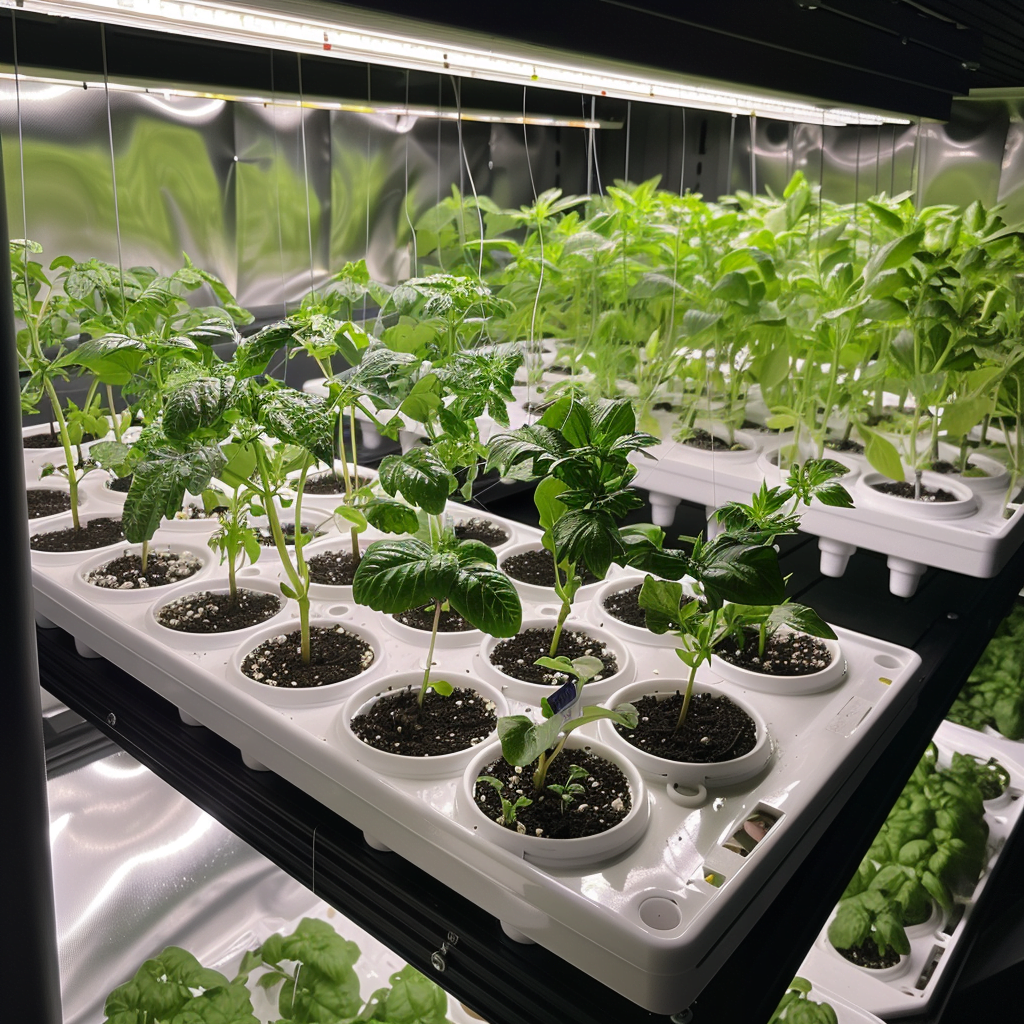
Recommended Systems Based on Priorities
Based on some common scenarios and priorities, here are hydro system recommendations:
If Your Priority is Cost:
- Choose a Wick system or DWC to minimize expenses
If Your Priority is Simplicity:
- Drip irrigation or wick system will be easiest to set up and maintain
If Your Priority is Flexibility:
- Use an ebb and flow system that accommodates different plant sizes
If Your Priority is Maximizing Yield:
- DWC or aeroponics will drive the highest production
Additional Equipment Needs
While the core system provides the water/nutrient delivery mechanism, additional equipment is vital:
Reservoir
Stores and contains nutrient solution to be delivered to plants. Materials like plastic or rubber flex tanks are common choices.
Growing Medium
Inert mediums like perlite, clay pellets and rockwool provide root anchoring and retain moisture well.
Lighting
Full spectrum grow lights simulate sunlight patterns to facilitate photosynthesis.
Pumps & Tubing
Pumps drive circulation for certain systems while tubing transports nutrients.
Step-by-Step Guide to Get Started
Follow this checklist when installing your selected hydroponic system:
- Choose a hydroponic system based on your priorities and constraints
- Obtain all required equipment like reservoir, growing medium, lighting
- Assemble the system according to design specifications
- Mix and adjust nutrient solution, calibrating pH and ppm levels
- Transplant seedlings from starter plugs to the system
- Maintain and monitor system daily – topping off reservoir, testing pH, etc.
With research and planning, you can create a productive hydroponic garden tailored to your space, skills, and resources using your preferred system design. Consistently monitoring and adjusting based on plant reactions will keep your system dialed in.
Over time, tracking yields, plant health metrics, and labor inputs can suggest opportunities to optimize your system further. No matter which system makes the most sense for your needs, embracing hydroponics can take your gardening to the next level!
